Ann Kennedy
Co-PI (Core Leadership)
Northwestern University
Ann Kennedy, PhD, is a theoretical neuroscientist at Scripps Research in San Diego. She is broadly interested in the neural control of complex and naturalistic behavior, and her research has focused on the use of methods from machine learning, dynamical systems, and control theory to characterize the structure of animal behavior and its control by the brain. She completed postdoctoral training with Dr. David Anderson at California Institute of Technology, where she modeled hypothalamic control of social and fear behaviors. Prior to that, she pursued her PhD at Columbia University with Dr. Larry Abbott, where she modelled information representation and learning in cerebellum-like structures.
Recent ASAP Preprints & Published Papers
Neural Heterogeneity Controls Computations in Spiking Neural Networks
Macroscopic Dynamics of Neural Networks with Heterogeneous Spiking Thresholds






